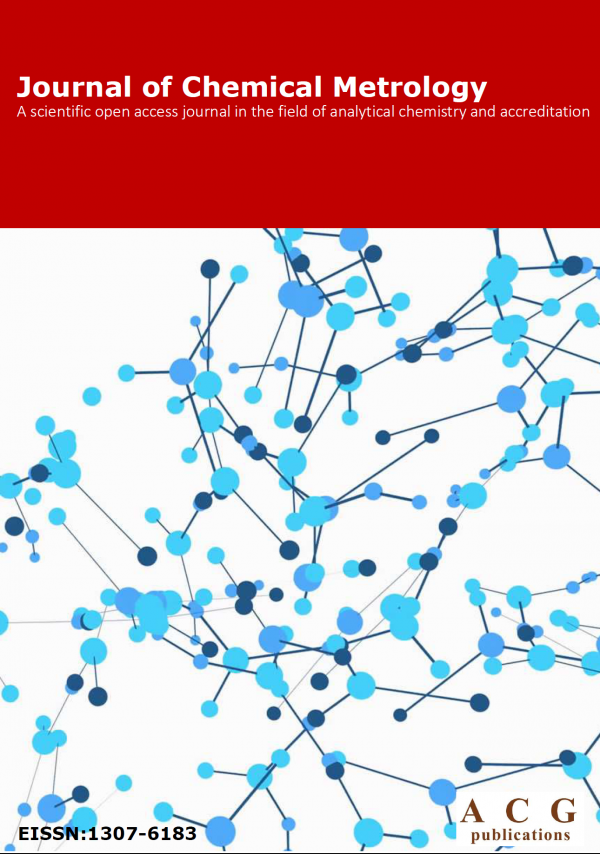Journal of Chemical Metrology
Year: 2013 Volume: 7 Issue:1
1) SMIIC and halal food standards
As it is known that the differences existing in standardization, certification and laboratory testing are the indirect technical barriers to trade. In this context, harmonization of standards and conformity assessment procedures under the umbrella of an international or regional organization like the Standards and Metrology Institute for Islamic Countries (SMIIC), the affiliated institution to the Organization of Islamic Cooperation (OIC), aims at removing the most likely adverse effects to trade and includes the establishment of common certification schemes for the purpose of expediting exchange of materials, manufactured goods and products in Muslim Countries.SMIIC, aims at achieving uniformity in metrology, laboratory testing and standardization activities among Member States and also providing training and technical assistance to the OIC Members in the domain of standardization, metrology and accreditation, has been established by OIC Member States. SMIIC is specifically focusing on establishing a sound Halal Certification system in the world and provide the world wide recognition of accreditation certificates issued on OIC/SMIIC Halal Standards.
Keywords OIC SMIIC standardization metrology accreditation halal food DETAILS PDF OF ARTICLE © 2013 ACG Publications. All rights reserved.2) Halal Food and Metrology: Ethyl Alcohol Contents of Beverages
In this study, ethyl alcohol contents of different kinds of beverages, vinegars, vegetables and fruits collected from Turkish markets were investigated using HS-GC-FID method. While the ethanol contents of fruits, vinegars and beverages were found to vary between 0.32x10 -4-0.35% (w/w), apple vinegar and concentrated orange syrup were determined to contain as high as 0.44 and 0.68 % (w/w) ethanol, respectively. The grape juice (called as “şıra” in Turkish), acquired from a restaurant in Istanbul, consisted of 2.11% ethanol, and its level reached to 5.60 % in 10 days. As these findings are very critical for Muslim consumers and for the Helal Community, there is an urgent need to survey these kinds of products in the market.
Keywords Metrology halal food alcohol contents beverages DETAILS PDF OF ARTICLE © 2013 ACG Publications. All rights reserved.